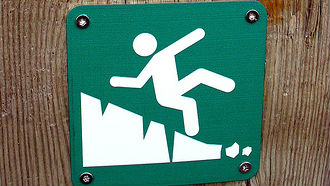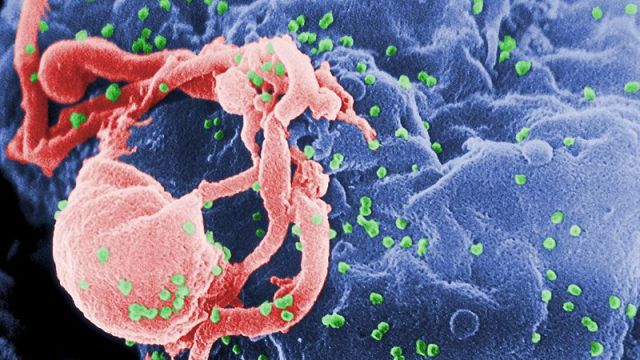THE “SLIPPERY SLOPE” ISN’T SLIPPERY: IT’S POT-HOLED, GRAVELLY, AND LITTERED WITH DEBRIS and SPEED BUMPS

The “slippery slope” is a popular argument in the same-sex marriage debate.
Where do you draw the line, opponents argue? If you start allowing marriage between people of the same sex, then why not require that the law recognize threesomes, group marriage, incest, beastiality, and polygamy? Can “crazy cat ladies” fulfill their dream of legal marriage to their favorite tomcat? Once you start tweaking with meanings, is marriage “done fer,” in my dad’s phrase?
The slippery slope argument is emotionally persuasive, because most all of us can imagine some sexual universe that we absolutely, uncategorically do not want to see happen. Maybe for feminists it’s The Handmaid’s Tale; maybe for social conservatives it’s free abortions for all.
We don’t want to be on a slippery slope that leads toward our personal dystopia, however we define it.
The jeremiad that our country’s going to hell in a handbag is engrained in America’s DNA, dating back to second-generation Puritans, perceived by their dismayed parents as a spiritual declension from their own pious benchmark.
The aspect of the slippery slope argument that I agree with is that mores do change over time.
While I see a slope, in the sense of movement over time, my first objection is that it’s not slippery, in the sense of being sudden, abrupt, or invariable.
There are many speed bumps, warning cones, and debris that force us to use brakes on the would-be slippery slope of sexual mores.
One of the biggest is consent. Cats can’t consent to marry their crazy cat lady owners. Children can’t consent under age of consent laws to sex or marriage. Incest is prima facie not consensual. A change in the definition of marriage might invite slippery declension into unseemly or forbidden arrangements, but to legally sanction them, you’d also have to dispense with laws of consent, among many others, that delimit permissible unions.
Another speed bump on the slope is the consensus-building process that’s presumably central to a liberal democracy, although it’s a woefully muffled force today. A lot of citizens contribute to the definition of marital and sexual norms (Today, same-sex marriages co-exist with a culture of abstinence, purity balls, and 19th-century revivals of “traditional” marriage). That heterodoxy helps to forge legal and social compromise.
Most citizens end up neither entirely satisfied nor entirely miserable with the outcomes of that process, which frustrates more radical or ideologically-entrenched citizens. But in any case, compromise decelerates change. It puts grippers on the slippery slope.
Second, the “slippery slope” implies change that’s out of our control, in which humans are swept downward by the inadequately-anticipated consequences of their own logic.
You don’t walk, amble, or march with sure-footed deliberation down a slippery slope. You flail down it, sliding ineluctably from Point A to sordid Point Z, as if you have no agency.
But our will, and desires, are two other major potholes on the would-be slippery slope.
I don’t think we go out and do things in life because they’re theoretically permissible within one interpretation of jurisprudence. We do things, or advocate for things, that we actually desire to do.
The slippery slope seems to envision that civil law is the main thing restraining Americans from sliding into sexual idiosyncrasies that haven’t been more than footnotes in history.
Maybe by some theories of jurisprudence, same-sex marriage could, indeed, set a precedent for the legal recognition of threesomes or group marriage, as opponents worry. I’m not sure that that’s true, but let’s assume it is for argument’s sake. But a desire for group marriage hasn’t characterized American history, whereas a desire to have a committed relationship with a member of the same sex—and the reality of these relationships—has been a steady, constant presence throughout American history for a significant minority of Americans.
Although the law hasn’t recognized these unions, they’ve existed—in the “Boston marriages” between women in the 1800s, for example. There’s always been a significant group that’s desired a non-heterosexual, committed relationship. There isn’t comparable instantiation for a groundswell of desire for threesomes.
I suppose that could indeed change, over the decades, and we could become a group marriage-loving country. But if that does happen, and I can’t imagine that it will, it won’t be because of a juridical precedent.
Third, since the imagined slope is slippery, it can only go down, when any action with causal persuasion in history must have contingencies. It could cause actions that are morally neutral, positive, or negative.
The slope has to be recognized, at least for the sake of argument, as a two-way street.
On the upward slippery slope, for example, on which we lurch toward progress as slowly as we stumble into decay on the down side, recognition of same-sex unions could lead to an infusion of new life into the institution of marriage, which arguably suffers from low “chi,” or life energy, these days. To be fair, gay marriage advocates are among marriage’s biggest fans today—in contrast to the 40% of Americans who think the institution is “obsolete,” or the growing number of heterosexual Americans who prefer to live alone.
Just as newcomers and immigrants have revived American institutions and ideas throughout history, same-sex marriage might likewise infuse fresh enthusiasm into the institution, and help it find its footing in this century.
We don’t know in advance how decisions today will play out in the future.
So the next time someone uses the slippery slope with you, point out the potholes and speed bumps. There may be a slope to sexual mores, but it’s not all that slippery.





